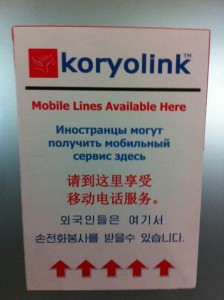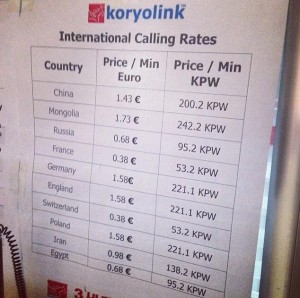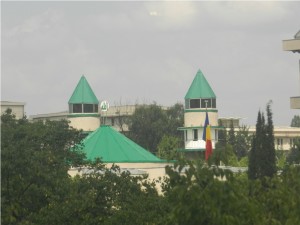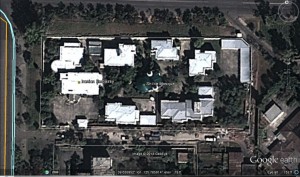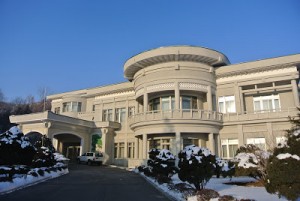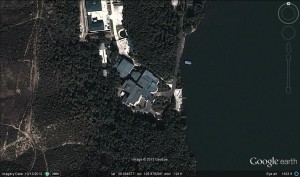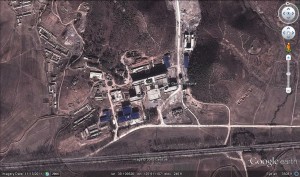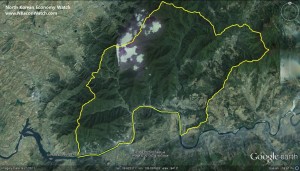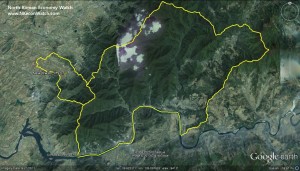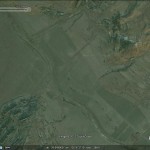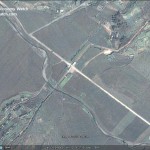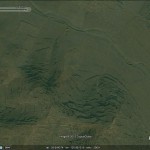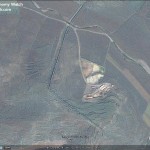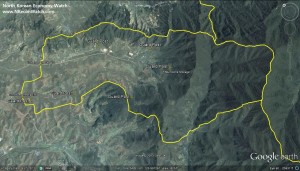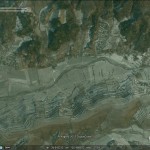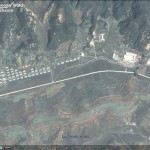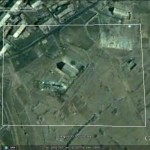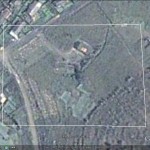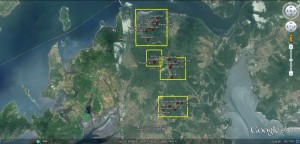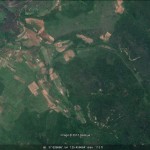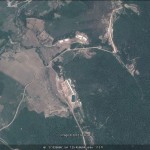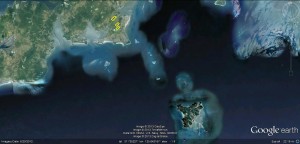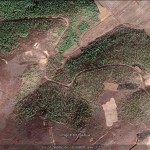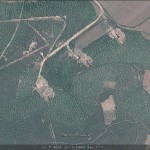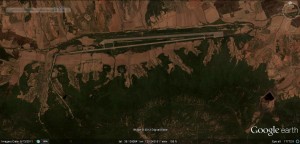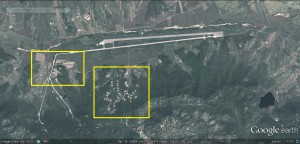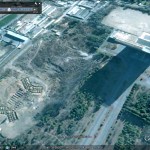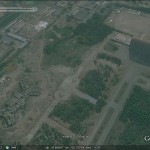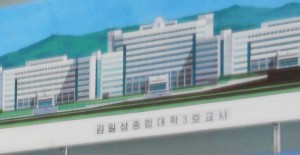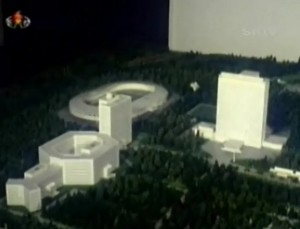UPDATE 1 (2013-1-28): The Koryo Tours Facebook Page has an image of the KoryoLink poster at Sunan Airport:
ORIGINAL POST (2013-1-22): According to NK News:
According to Richie Fenner, a tour manager at China based Young Pioneer Tours who reported the news today, explained that GPS enabled devices are allowed in the country. He told us:
“When we were coming in on the train, they asked us to show us our phones. The customs official asked if the first one he looked at had GPS, which it didn’t, so he handed it back. But then with the iPhones and other modern phones when we told them they had GPS, he just handed them back and gestured that we just put them in our bag.”
Thinking that the phones might just be sealed upon the group’s arrival to Pyongyang, Fenner explained that to his surprise the local guides explained a new policy meant that foreigners can now keep their cell phones in their possession. But that didn’t mean they could be used. Fenner explained, “Wthout a North Korean sim card, the phones are useless. I asked if we could get North Korean SIM cards and our guide said that it might be possible in the future”.
American tourist Sato Shi who joined the tour group by plane (U.S. citizens may not take the train) confirmed that the policy has been applied to the airport, too. “When we went to the customs they were checking our bags, saw my cellphone and then just gave it back to me and said “Hey, just keep it with you”.
Smartphones such as the Apple iPhone and Samsung Galaxy are a rare commodity in North Korea. Fenner explained that his North Korean colleagues were very interested in trying them and playing games throughout the tour. “It’s all very new for them, I don’t think they’ve seen iPhones and Smartphones before”.
Given the lack of SIM cards and network access, the Young Pioneer tour group explained they could only really use their phones to take photos, play games, and use as an alarm. Young Pioneers today explained on their website that the news shows North Korea’s intent to “make tourism easier and a larger part of the economy”.
Xinhua reports some additional details:
“Just fill a registration form at the Customs with your phone’ s IMEI number, you can bring your own phones to DPRK,” said a unnamed Egyptian technician.
“If you want to make international calls, the WCDMA 3G mobile phone owners can purchase our Koryolink SIM card, which costs 50 euro,” the technician said.
For decades before, foreigners visiting the DPRK must leave their cellphones at the Customs and can pick them up on departure.
“We have tried hard to negotiate with the Korean security side, and got the approval recently,” said the Egyptian, noting that “it has nothing to do with the Google trip.”
In fact, foreigners still can not really use the Koryolink 3G network, with no internet access allowed yet. The Koryolink staff said that the mobile internet service for foreigners will be opened soon. “It is not a technical problem, we just wait for the DPRK authority’ s approval.”
There are 1.8 million Koreans using 3G cellphones across the country since 2008, which supports MMS and video call. But their mobile phones can neither make international calls nor connect to the Internet. Furthermore, Koreans and Foreigners can not make calls between each other due to their SIM cards set by different segments.
Kyodo offers video of people purchasing the KoryoLink SIM cards:
NK News reports the new price structure:
1. Purchase: These cards will be valid indefinitely and can be used for repeat visits. The cost for these will be 50 euro with a nominal amount of prepaid call money included.
2. Two Week SIM Card “rental”: Costing 50 euros, these cards can be used for two weeks before becoming invalid. They include 30 euro of prepaid service.
3. One month rentals: These cost 75 euro and include 55 euro of prepaid service.
Call rates:
– China and South East Asia- 1.43 Euro a minute
– Russia- 0.68 Euro a minute
– France and Switzerland- 0.38 Euro a minute
– UK and Germany- 1.58 Euro a minute
Other rates including the U.S have yet to be confirmed
UPDATE: A friend sent in a picture of the rates (2014). the rates do not appear to have changed:
